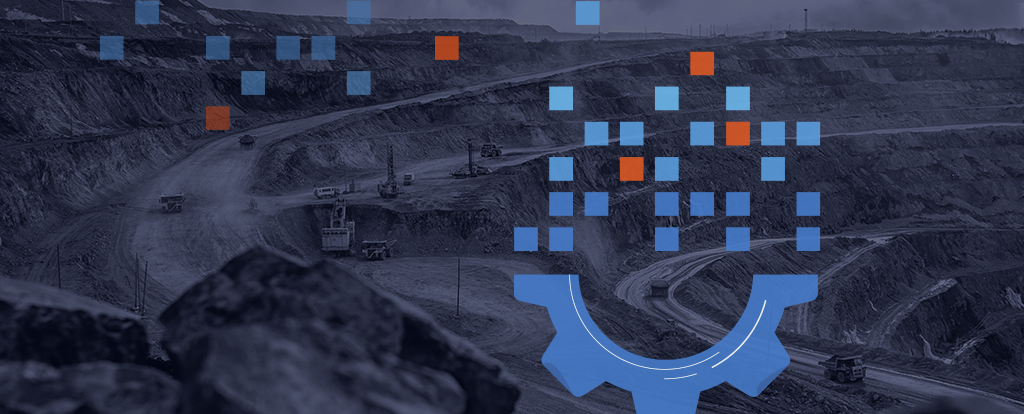The asset management aspect of the mining sector’s digital transformation is well under way and very necessary. Whether we consider the issues of productivity, safety, the environment or competitiveness on global markets, several reasons motivate the search for sustainable asset lifecycle management solutions. Fortunately, the accessibility of modern technology performance tools now facilitates their adoption and the achievement of measurable and therefore useful results. This article provides an overview of what digitization represents in an effective asset durability management approach within a mining company.
The reality concerning data
A mining company’s asset durability management must be able to gather information, both on production equipment and on static assets, such as buildings, storage tanks, conveyors and holding tanks. The data generated by sensors, machine measuring points and inspection readings, together form an impressive quantity of data.
From the outset, it could be perceived as an enviable situation, because data nowadays is considered as the new black gold. However, for most of these companies, the preparation of this data, either in view of its mass analysis or to submit it for machine learning (artificial intelligence) is inadequate. The statistics prove it: 85% of all data is unusable or obsolete. 90% of this 85% is unstructured and therefore will never be used.¹
To overcome this problem, you need to consult with experts in asset durability and data preparation. These experts will be able to help you target priority projects and develop a relevant action plan based on your business objectives. A smart approach to durability must combine engineering expertise with the power of data.
How to prepare data properly for analysis
In addition to the monitoring work performed by staff members, sensors² and certain communications systems are being deployed, and become the managers’ eyes and ears, wherever the consequences could be serious. The historical data, combined with the newly captured data, allow continuous adjustments of the intervention plan. But again, one should be able to process this data and that’s where technological solutions come into play.
A digital transformation involves several phases and it generally is safer to proceed in a step-by-step manner. In particular, enough time must be allocated to:
• define the processes,
• identify the appropriate solutions,
• configure the tools according to reality (in the field),
• deploy several functionalities, and
• train the personnel (sometimes resistant to change).
Technological compilation bases of operational data are then deployed, for example, via a Cloud server, an ERP system, a production performance evaluation tool, a transportation logistics system, or a maintenance software.
Digitization in asset durability
For a mining company, digitization in asset durability is complex, because it must deal with mostly older installations. Therefore, managers must have a precise knowledge of both their static and dynamic equipment;
In this industry, resorting to digital transformation to improve asset management means:
• collecting and intelligently analyzing the data to detect problems ahead that otherwise would remain invisible,
• understanding the limitations of the assets,
• making objective predictions on the future of asset’s behaviour;
• allowing better decision-making, and
• reducing unexpected downtime.
Conclusion: the secret of sound asset management
It is essential for the data to be centralized and structured appropriately to prepare it for the next phase: advanced analysis by using artificial intelligence tools. The secret is not in the quantity but rather in the quality of data preparation. The analysis of high-value data is part of a sound asset management approach, particularly in prevention of environmental and human casualties. This is essential for reaching success and achieving business objectives and corporate social responsibility.
What do you see as your high priority projects for your strategic planning in improving the sustainability of your asset inventory?
References :
- Source : https://alectio.com/
- The term “Sensor” here refers to an interface between a physical process and manipulable information: https://en.wikipedia.org/wiki/Sensor
